High-impact workouts have long been a staple in the fitness world, especially for those seeking to burn calories fast, build stronger bones, and improve overall cardiovascular health. These exercises involve movements where both feet leave the ground at the same time—think jumping, running, or plyometrics. While high-impact training may not be for everyone, its benefits are undeniable when performed safely and with proper form.
What Is a High-Impact Workout?
A high-impact workout includes exercises that place a significant amount of stress on the bones and joints. This includes:
-
Running or jogging
-
Jump squats
-
Burpees
-
Box jumps
-
Jumping rope
-
High knees
-
Mountain climbers
-
Plyometric lunges
These activities require your body to absorb the shock of impact, making them more intense than their low-impact counterparts.
High-Impact Cardio and Aerobic Exercise
High-impact cardio is often used in interval training or aerobic classes to raise your heart rate and boost endurance. High-impact aerobics, popularized in the 80s and still practiced today, includes choreographed routines with jumping jacks, power skips, and fast footwork.
High-impact aerobic workouts differ from high-impact fitness or running workouts in that they tend to follow rhythmic, structured patterns. Whether you're bouncing through a step class or sprinting on a track, your joints, especially knees and ankles, take on repetitive stress.
High-Impact vs Low-Impact: What’s the Difference?
While high-impact workouts demand greater intensity and stress on joints, low-impact exercises (like walking, swimming, or cycling) keep one foot on the ground or avoid jumping altogether.
Here’s a simple breakdown:
| High-Impact | Low-Impact |
|---|---|
| Jump squats | Bodyweight squats |
| Running | Walking |
| High knees | Marching in place |
| Jumping jacks | Step touches |
| Plyometric lunges | Static lunges |
If you're wondering “is running high-impact?”—the answer is yes. In fact, running is one of the most classic examples of a high-impact exercise. So is jumping rope or doing burpees.
Benefits of High-Impact Exercise
-
Bone Density Improvement: High-impact training stimulates bone growth, reducing the risk of osteoporosis.
-
Cardiovascular Health: It increases heart rate rapidly, improving heart and lung capacity.
-
Calorie Burn: The intensity leads to a higher calorie expenditure in a shorter time.
-
Strength and Power Gains: Especially in the lower body, due to explosive movements.
-
Enhanced Coordination and Agility: Exercises often challenge your balance and timing.
Who Should Do High-Impact Workouts?
While these workouts offer significant benefits, they’re not ideal for everyone. People with joint issues, recovering injuries, or beginners may want to start with low-impact routines. But for healthy adults looking to challenge their bodies, integrating high-impact activities 2–3 times a week can bring fast results.




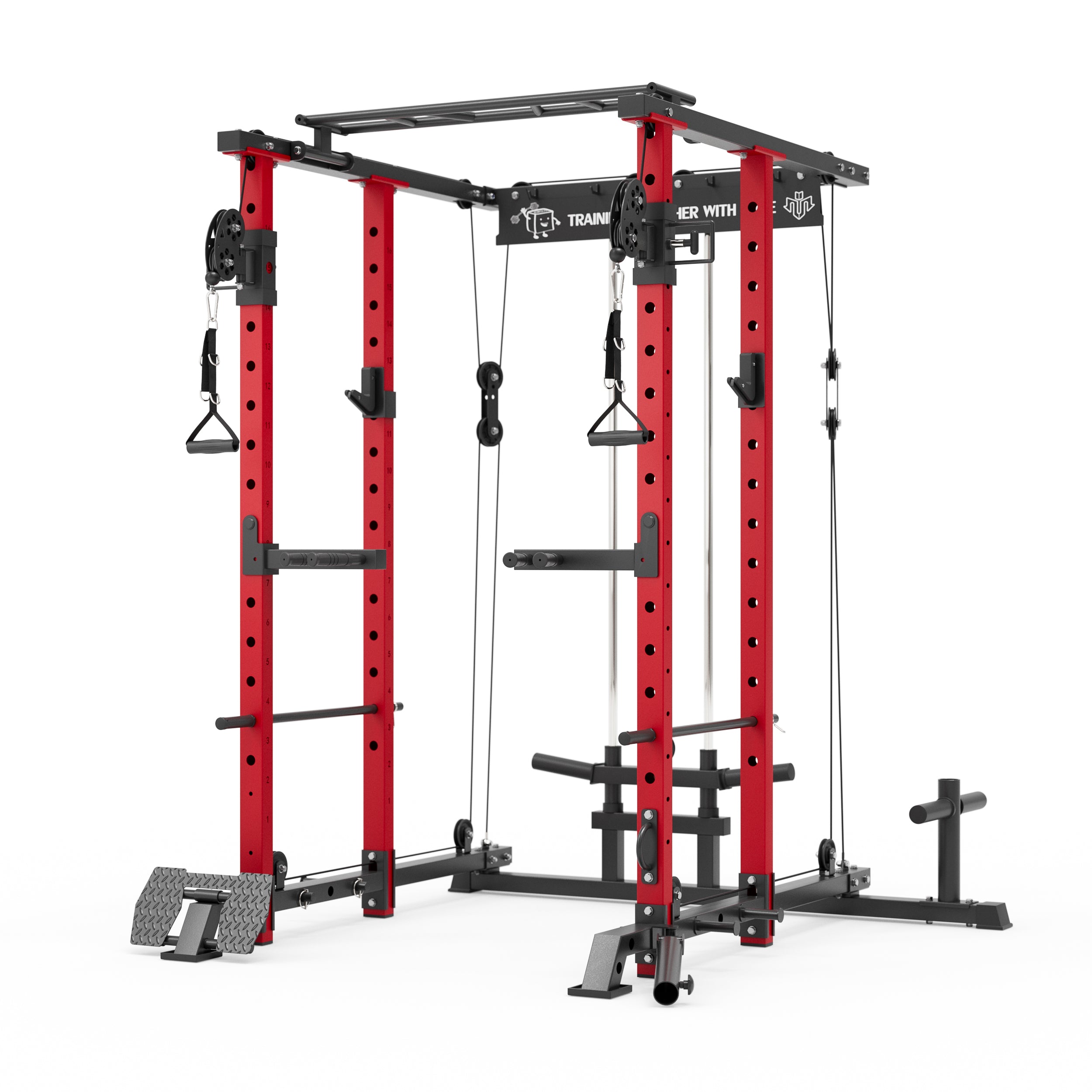


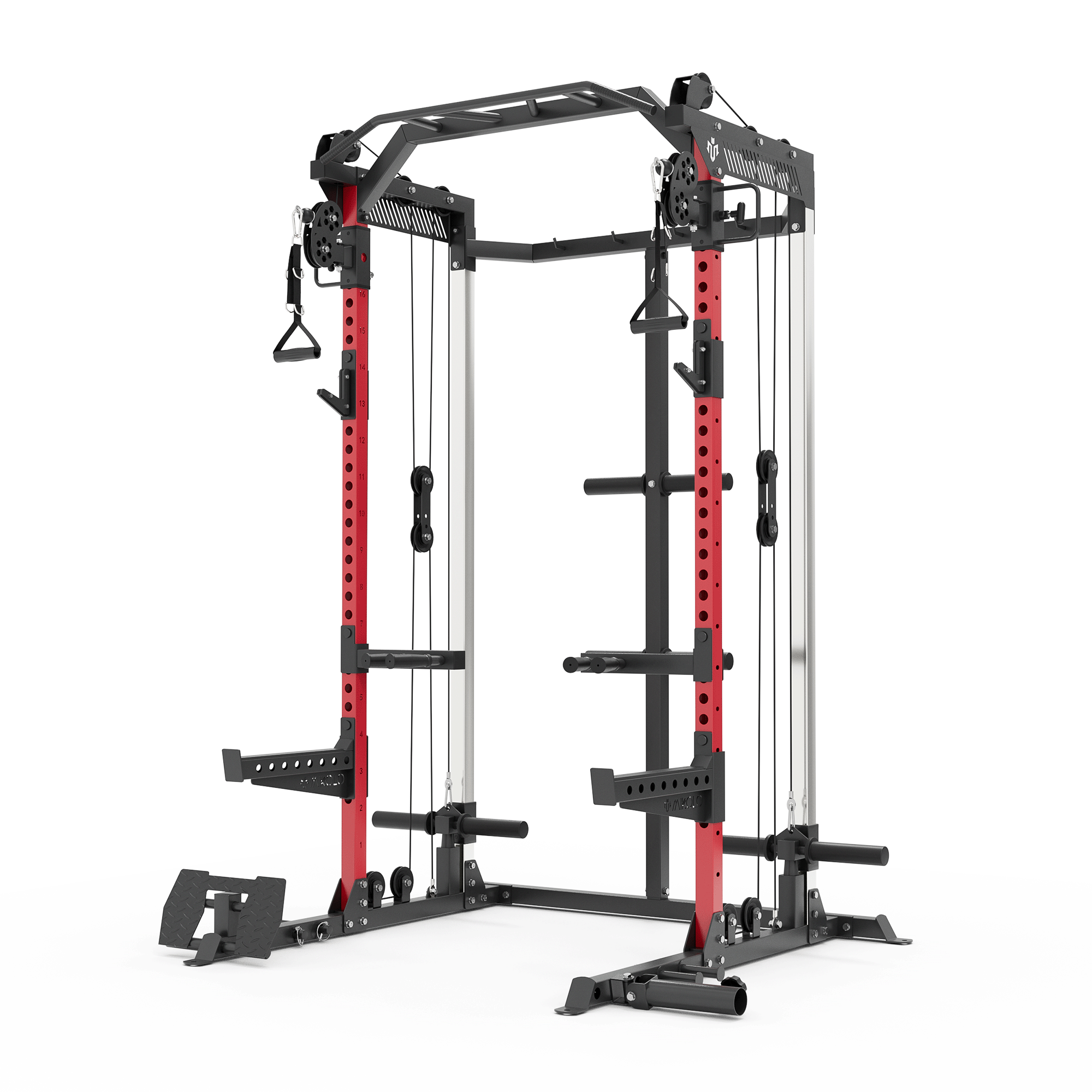
























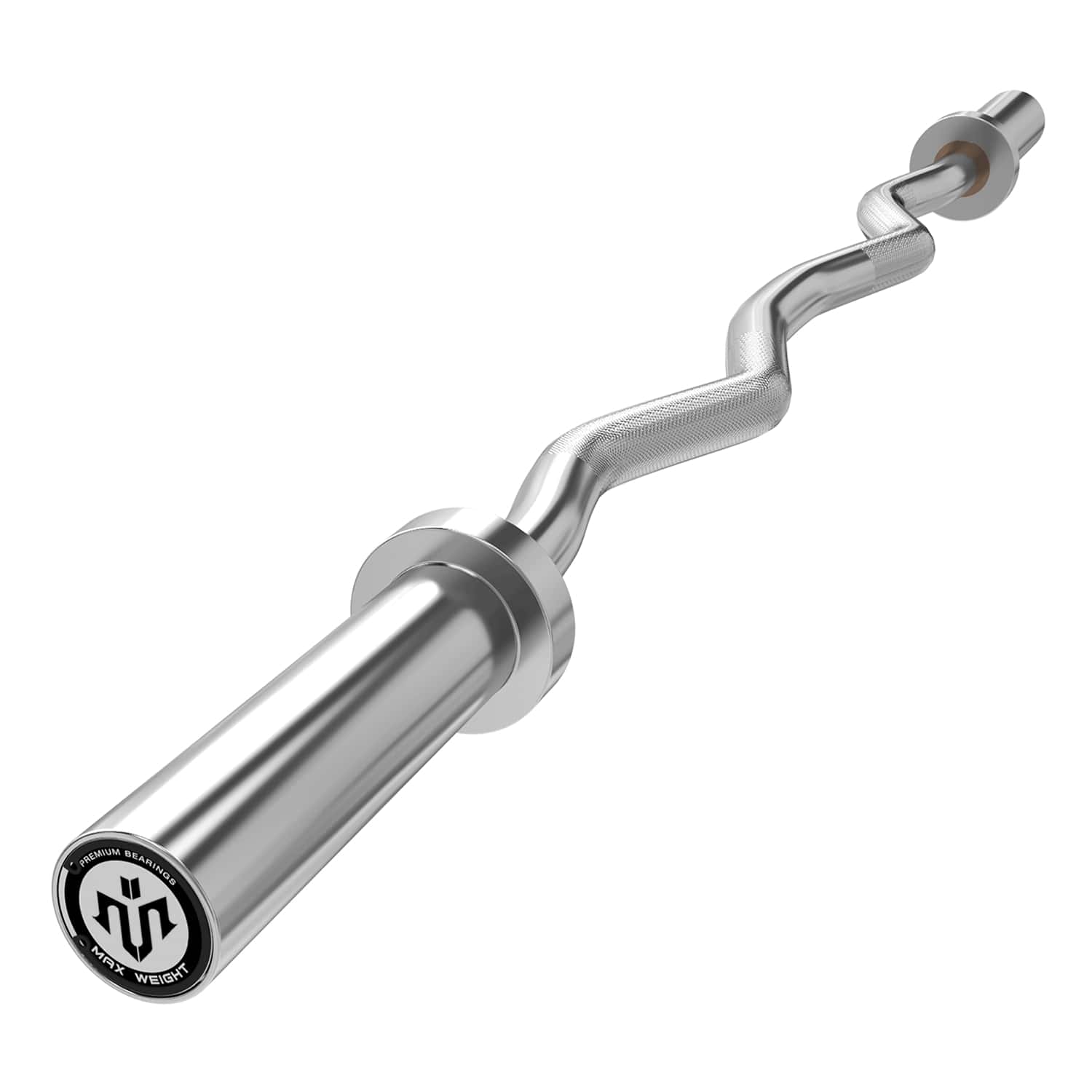







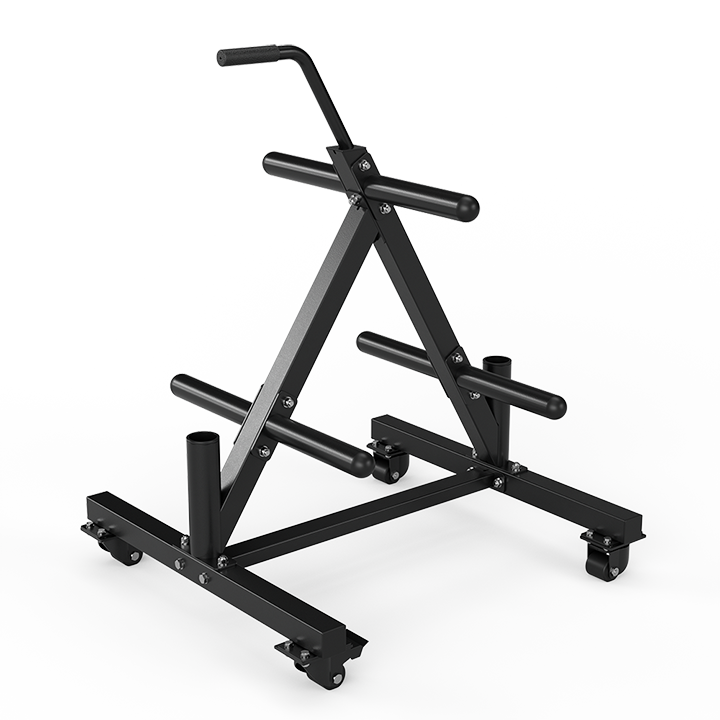






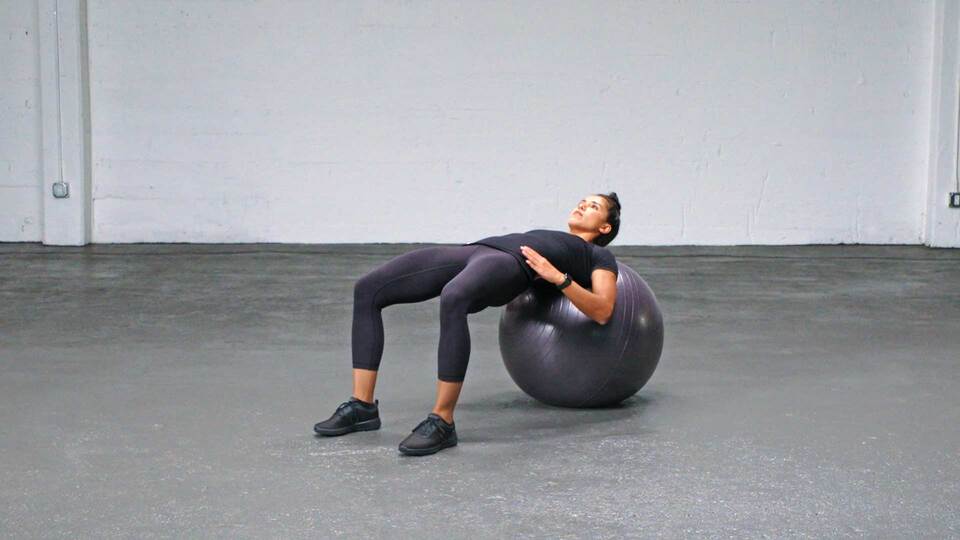
Leave a comment
This site is protected by hCaptcha and the hCaptcha Privacy Policy and Terms of Service apply.